Pullpushrope Techniques - Images
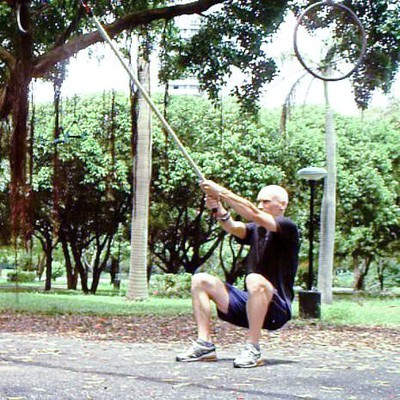
1Assisted Squat

2Overhead Squat

3Squat with Overhead Stretch

4Side Lunge
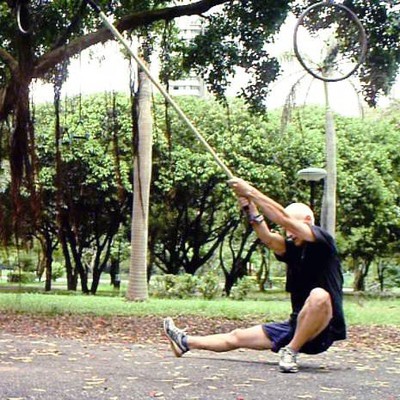
5Toes-up Side Lunge

6Crossing Side Lunge

7Single-Leg Squat

8Single-Leg Squat with Hop

9Balance Lunge

10Balance Lunge with Hop

11Abducted Balance Lunge
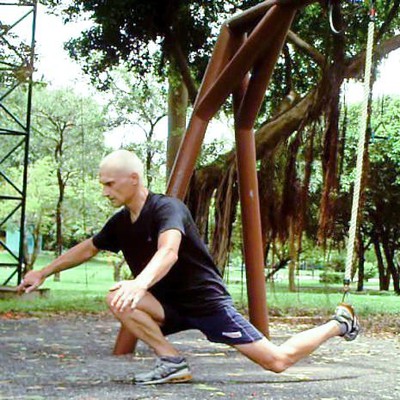
12Suspended Lunge
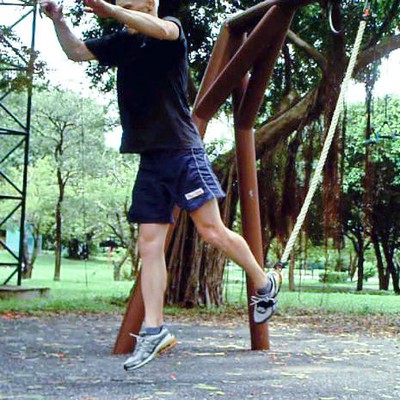
13Suspended Lunge with Hop

14Suspended Abducted Lunge
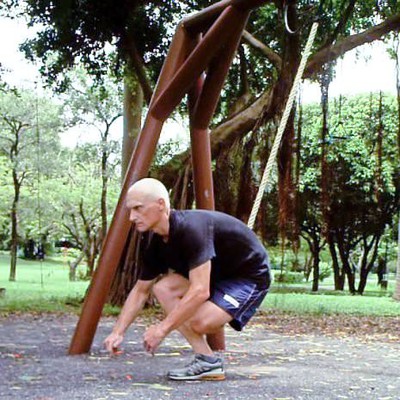
15Suspended Crossing Lunge
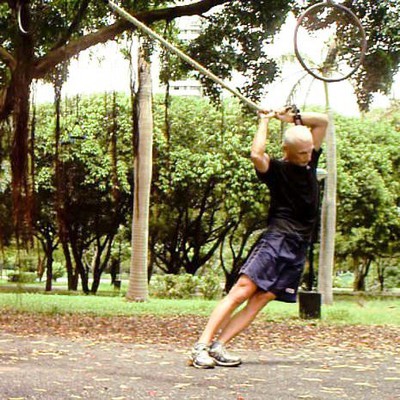
16Standing Hip Pull-push
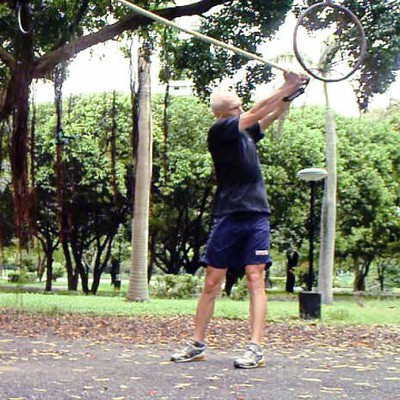
17Wide Torso Rotation
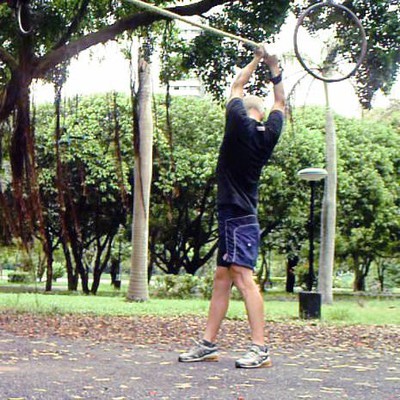
18Overhead Torso Twist

19Rope Rowing
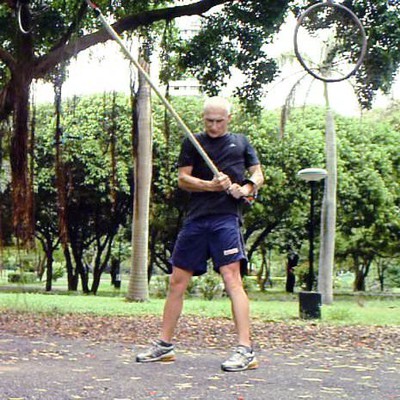
20Rope Paddling
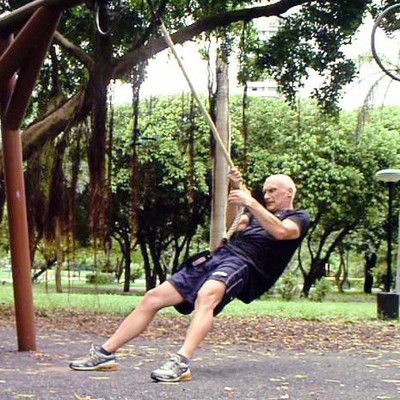
21Incline Rope Climbing
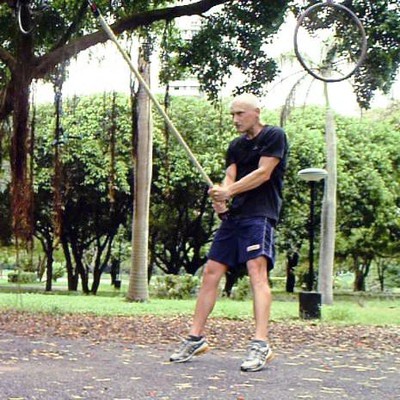
22Standing Pull-down
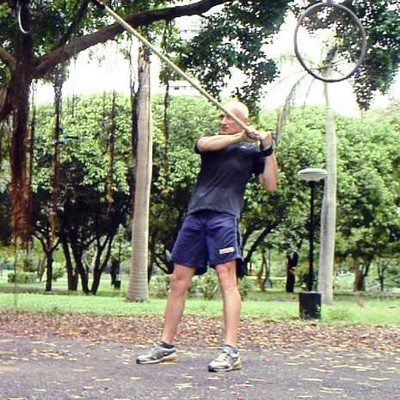
23Asymmetric Biceps Pull

24Single-arm Chest Pull
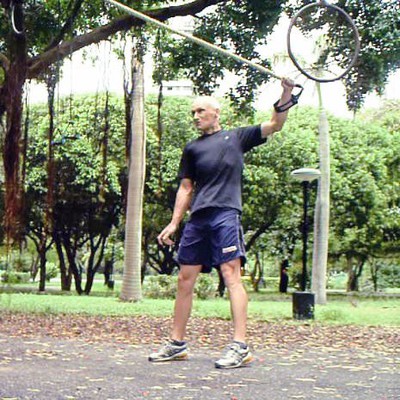
25Single-arm Deltoids Pull
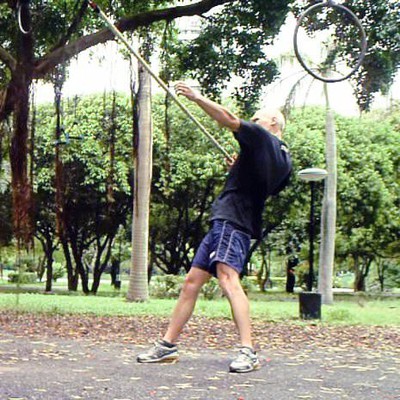
26Single-arm Long Body Pull
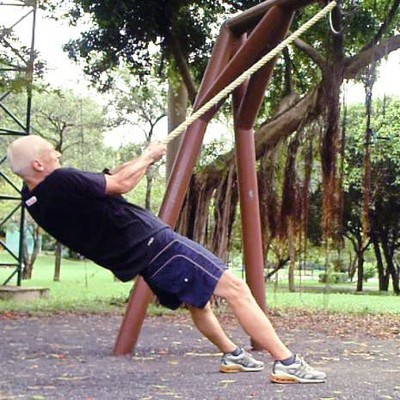
27Neck Pull
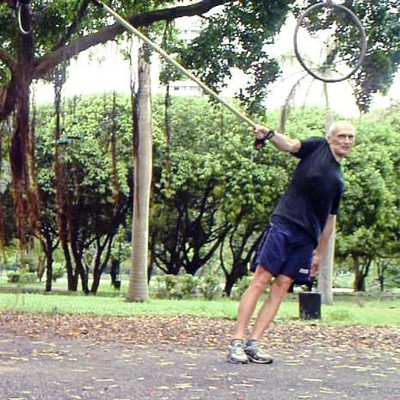
28Single-arm Neck Pull
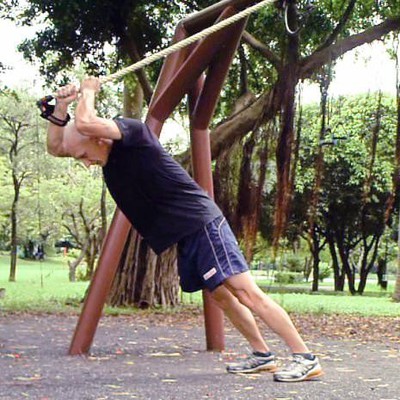
29Throw-in Pull-push
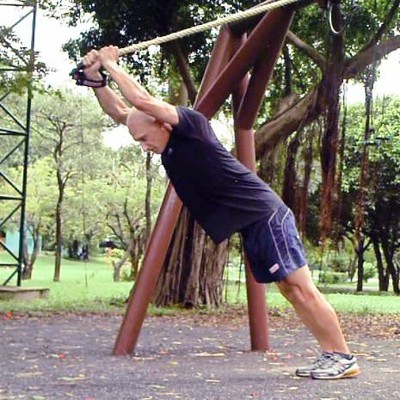
30Standing Roll-out

31Single-arm Chest Push

32Rope Towing
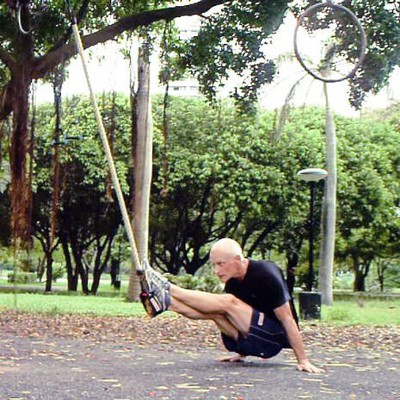
33Pull-through
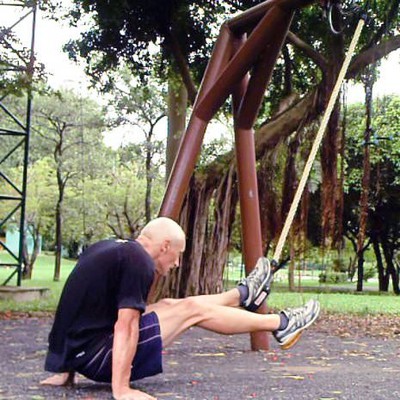
34Single-leg Pull-through

35Suspended Kick-flex
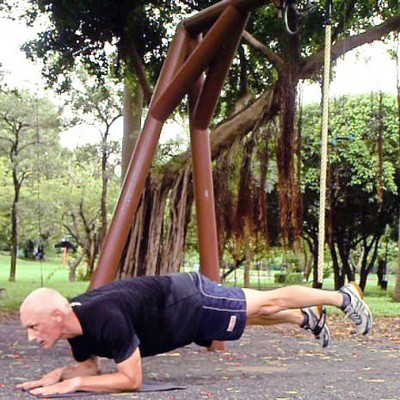
36Single-leg Plank
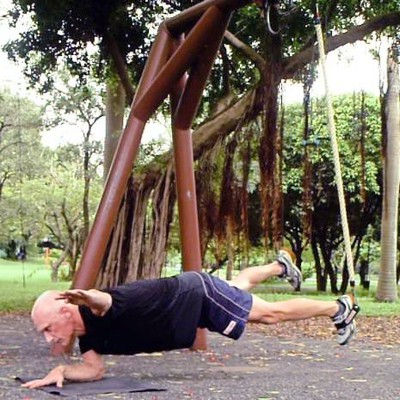
37Single-Leg_Single-Arm Plank

38Side Plank with Hip Push
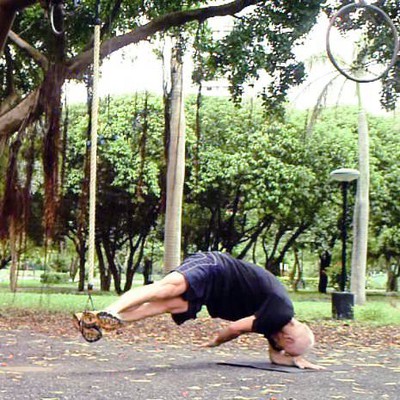
39Side Plank with Reach-through
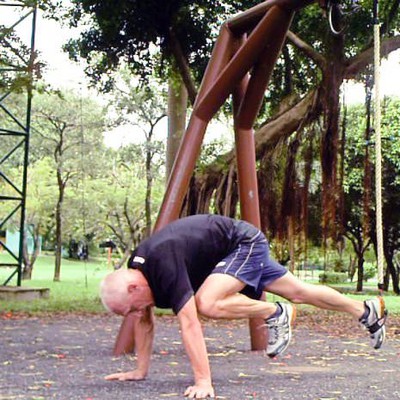
40Suspended Donkey Pull-push
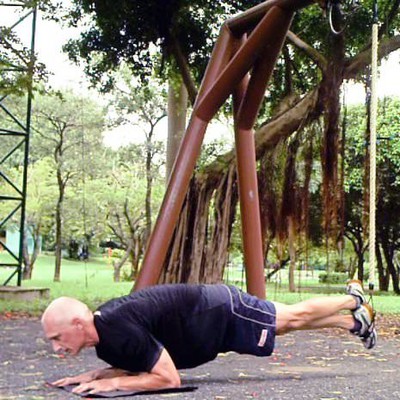
41Horizontal Pull-push Plank

42Horizontal Pull-push & Crunch
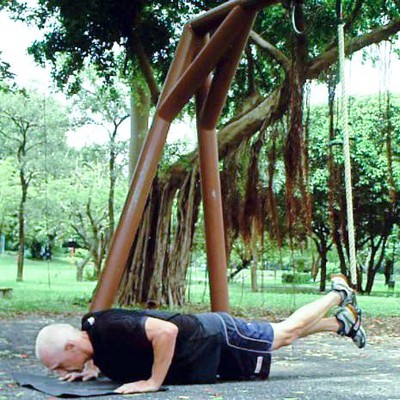
43Suspended Push-up

44Suspended Clap Push-up
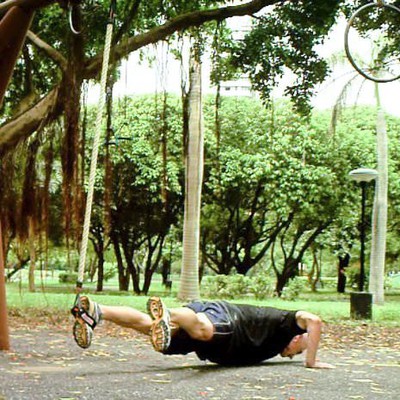
45Suspended Single-leg Push-up

46Suspended Crunch on Hands
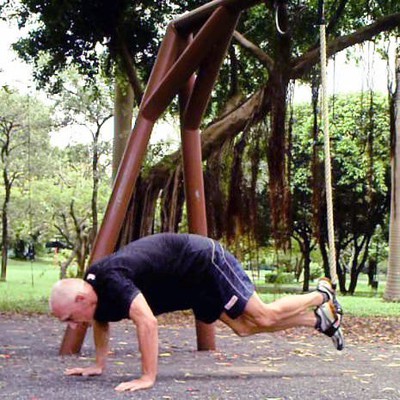
47Suspended Push-up & Crunch
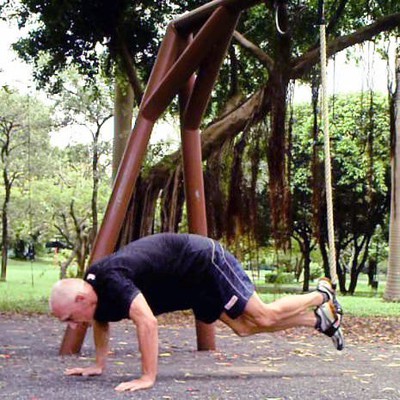
48Suspended Push-up & Crunch
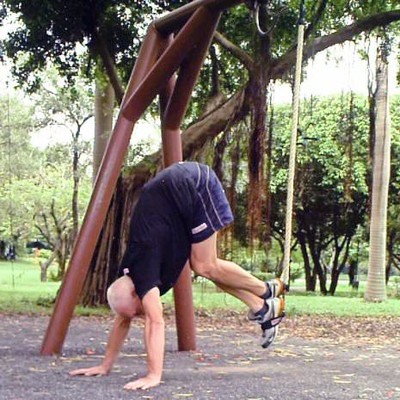
49Suspended Jack-knife
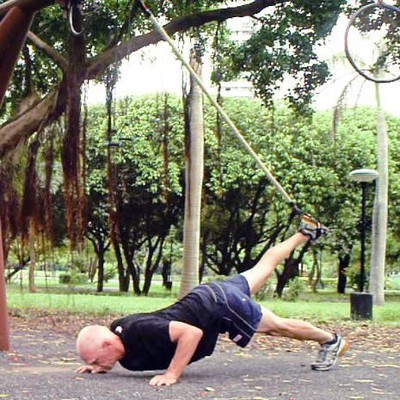
50Suspended Inclined Leg-down Push-up
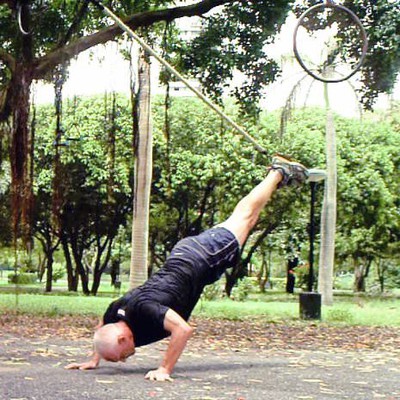
51Suspended Incline Push-up
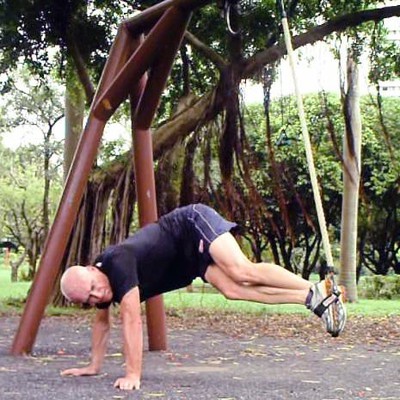
52Suspended Pendulum

53Cross Leg & Hip Stretch
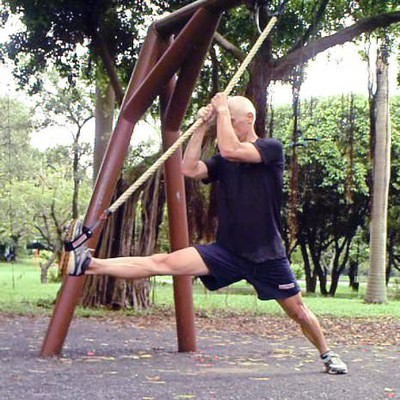
54Frontal Leg Stretch

55Calf Stretch
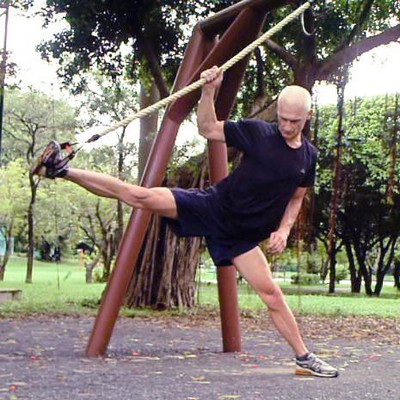
56Side Leg Stretch
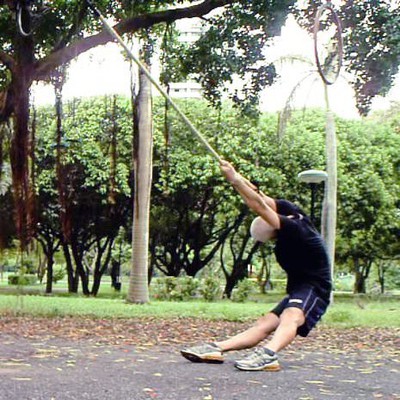
57Long Torso Twist Stretch
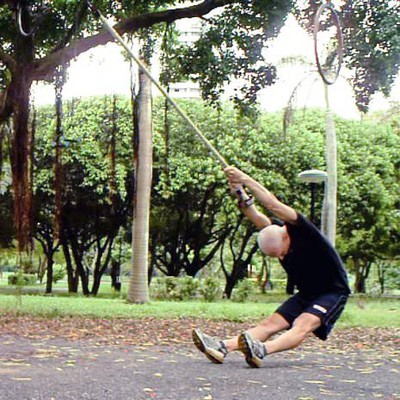
58Lower Back Stretch
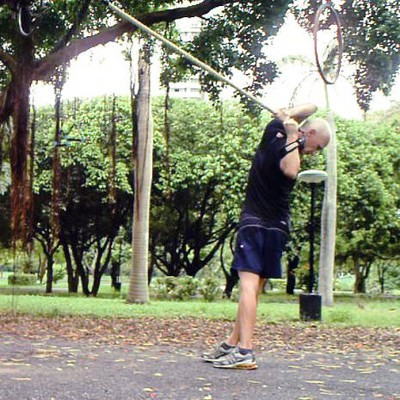
59Short Torso Twist Stretch

60Neck & Shoulder Stretch
duvide Pullpushrope Basics
Training is easy! You only need to know a few things: Before start using the Pullpushrope make sure it is securely attached to the anchor point and test it. The foot-cradle should be about 30 cm (12") above ground.The basic principle of adjusting the resistance of the exercise is to change the angle of your body relating to the anchor point: The steeper the angle the more difficult becomes the exercise. And the more shallow the angle becomes, the easier it gets.
You can easily adjust the angle by making a step away from the anchor point. But with the Pullpushrope you also have the possibility to change the position of your grip. So by moving the grip on the rope towards the anchor point makes it easier, you have plenty of rope real estate to do this.
Try to keep your body straight along an imagined line along the ankles, knees, hip, shoulders and ears. Stand with your feet about shoulder breadth apart and keep your eyes direction anchor point, if facing the anchor point, of course.
If you have been using other suspension training equipment before, the handling of the Pullpushrope is a bit different and some exercises are less suited but others get a complete new meaning. In the exercise table below I do the Suspended Pendulum but this is not the strength of the Pullpushrope but most of the other exercises which usually require a pair of foot-cradles can be done without problem just by placing the other foot on top of the one in the foot-cradle.
I don't mention in my exercise list which exercise benefits what muscle because all the exercises are much integrated and there is almost no isolation of one muscle or even one muscle group. But that's it all about anyway: Building functional strength, flexibility, balance and core stability all at once.
Almost every exercise engages the core in one way or another which is really important to prevent any kind of back trouble — I can really attest to this. (And jumping rope for healthy bones!). You also save a lot of time, because sit-ups become obsolete.
I suppose, if you order my products that you're not completely new to body weight exercises and functional training. I am sure you are able to figure it out, it is also about exploring how your body functions.
Exercises where the Pullpushrope excels are all which include some core rotation, e.g. the Wide Torso Rotation. The exercise which I call Overhead Torso Twist is excellent for core strength & flexibility. The exercise Rope Paddling is also superb and comes really close to actual paddling.
For the paddling (and rowing) exercise an overhand grip is required which is something to get a bit used to. But it really means a complete new functionality for many exercises. (Overhand grip means that the back of your hand is on top of the thing you are holding.)
A quick list of my favorite techniques are — apart from the ones I mentioned already — Suspended Lunge, Rope Rowing, Asymmetric Biceps Pull, Throw-in Pull-push, Suspended Kick-flex, Suspended Donkey Pull-push, and more.
When working out with the Pullpushrope for the first time it might feel somewhat rough in your hands, this is certainly the case but it causes no injury and might also harden your palms for future exposure. Times are getting harder so it is in order to toughen up a bit. But the Manila also softens considerably after a few sessions although it requires — and consequently develops — more grip strength than the smooth neoprene handles.
If possible, avoid soaking the Manila, it can get wet but if it is thoroughly soaked it reacts with some shrinkage, which has no influence on its usability and durability.
The Pullpushrope is also great for stretching & flexibility, especially martial artists will benefit.
The Pullpushrope can also be utilized as a short rope for real rope climbing, you just need to attach it with the short anchor loop to the ceiling.
Order duvide Pullpushropes
Browse and shop for my Training equipment in privacy:
no Cookies Popups Trackers
© duvide.com 2002 – 2024
no Cookies Popups Trackers
© duvide.com 2002 – 2024
